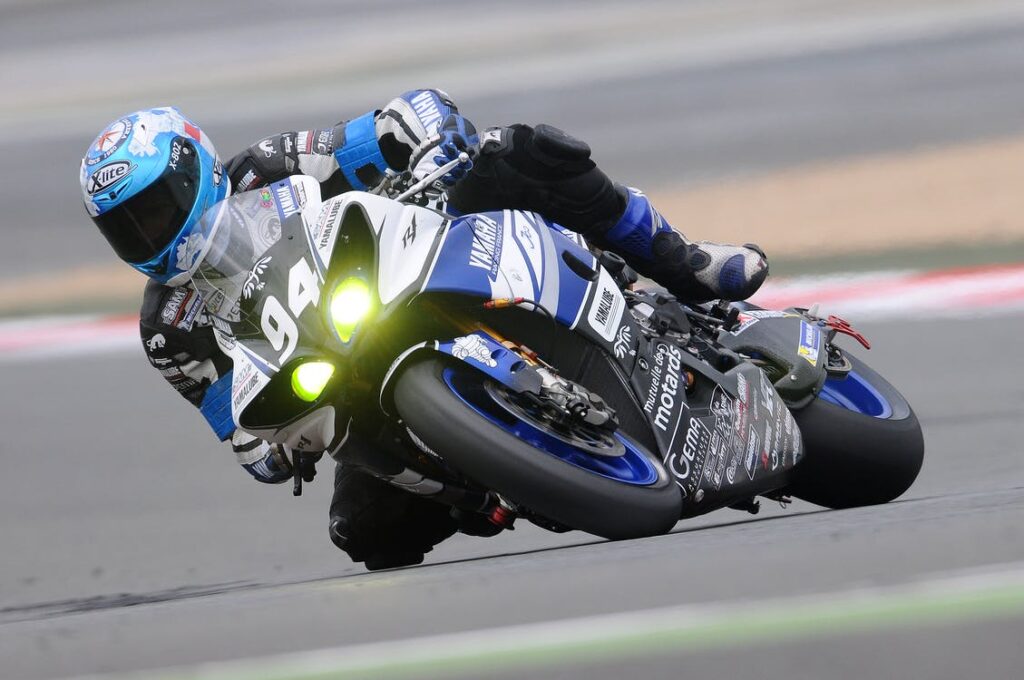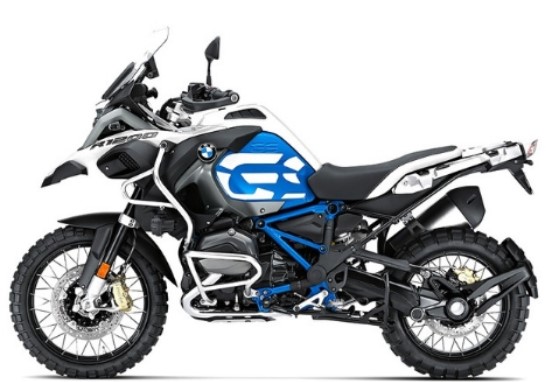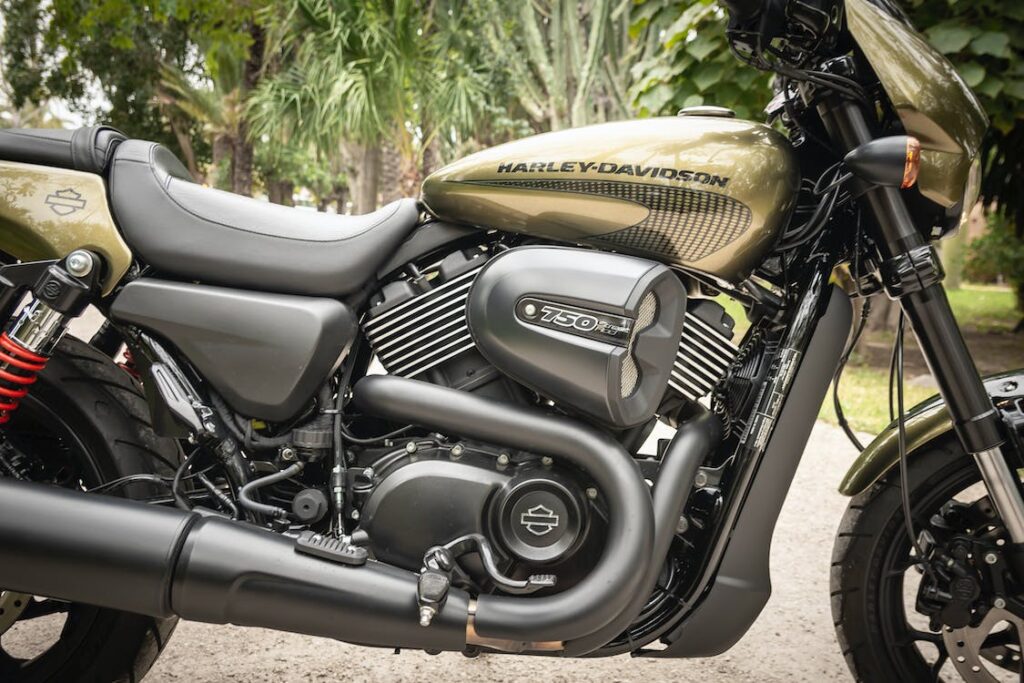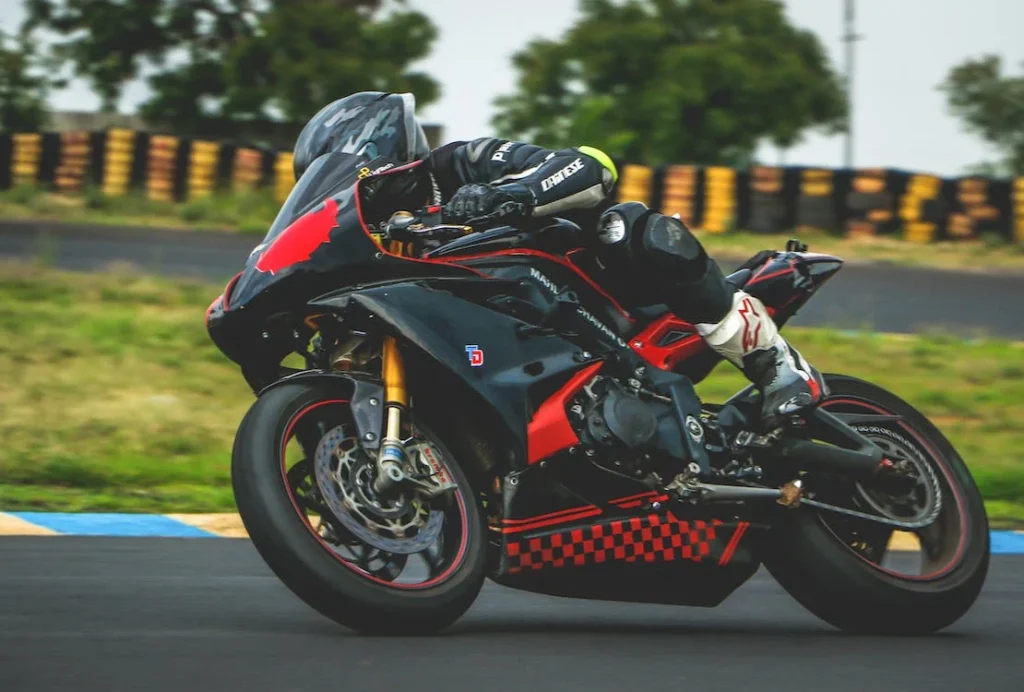Steps to follow before buying your motorcycle
Drawing upon my extensive personal and professional background in the Automotive industry, I present to you a comprehensive guide to assist you in making an informed decision when purchasing a motorcycle. Keep in mind that the order of the following points may vary depending on your individual circumstances. Let’s begin:
1. Research available options.
“It is crucial to determine your needs, requirements, and riding conditions before searching for a motorcycle. This will help you identify the appropriate bike to meet your needs.
To make the process easier, it is recommended to research and compare different types of motorcycles by looking at examples and images. Rather than elaborating on each type in extensive detail, this visual approach provides a clearer understanding.”





CRUISERS
Cruisers are characterized by their low rider position and centralized center of gravity. Examples of cruiser motorcycles include the Royal Enfield Classic, Thunderbird, Bajaj Dominar-400, and Suzuki Intruder.
STANDARD
Standard bikes, also known as naked bikes or roadsters, are versatile and simple in design. They typically feature a minimalistic approach with limited bodywork and a straightforward engine design. Examples of standard motorcycles include the Yamaha FZ-09, Honda CB650R, Kawasaki Z650, Yamaha FZ, Honda Hornet, Bajaj V, etc.
SPORT
Sport motobikes, also known as sportbikes, are designed for high performance and agility. They feature aerodynamic bodywork, a powerful engine, and a riding position optimized for speed and handling. Sport motorcycles are popular among riders who prioritize speed, acceleration, and maneuverability. Examples of sports motorcycles include the Yamaha YZF-R1, Suzuki GSX-R1000, Ducati Panigale V4, etc.
DUAL SPORT
Dual sport motobikes, also known as dual-purpose or on/off-road bikes, are designed for both street and off-road riding. They typically have long-travel suspension, a high seat height, and a rugged design for off-road use. At the same time, they have features like lights and mirrors for street legality. Dual sport motorcycles are ideal for riders who want a versatile machine for both on and off-road adventures. Examples of dual sport motorcycles include the Kawasaki KLR650, BMW R 1250 GS, Yamaha WR450F, etc.
TOURING MOTORCYCLE
Touring motorcycles are designed for long-distance travel and comfort. They typically feature a large fuel tank, a comfortable seat, and an upright riding position for maximum rider comfort. Touring motorcycles also have features like hard luggage, wind protection, and a fairing to reduce wind resistance. These bikes are ideal for riders who want to cover large distances and want a comfortable riding experience. Examples of touring motorcycles include the Harley-Davidson Road King, Honda Gold Wing, and Indian Roadmaster.
OFF-ROAD
Off-road motorcycles, also known as dirt bikes, are designed for off-road use on rough terrains such as mud, sand, and rocks. They have lightweight frames, long-travel suspension, and high ground clearance. Off-road motorcycles also have a riding position optimized for control and maneuverability in rough terrain. They are popular among riders who enjoy off-road adventures and motorsports like motocross and enduro racing. Examples of off-road motorcycles include the KTM 450 SX-F, Husqvarna FC 450, and Yamaha YZ450F.
2. Power-B.H.P
“When evaluating a motorcycle’s power, it’s essential to consider the Brake Horsepower (BHP) and torque ratings at revolutions per minute (RPM). To ensure accuracy, it’s best to obtain these specifications directly from the manufacturer’s official website, as they are the authoritative source for information about their products. Avoid relying on third-party websites, as the information they provide may not be reliable.”
For instance, a motorcycle may have a BHP rating of 15.04 at 8,500 RPM and a torque rating of 14.67 Nm at 6,500 RPM.
In layman’s terms, the BHP (Brake Horsepower) refers to the acceleration of the motorcycle, or how quickly power is transferred to the wheels. Torque, on the other hand, represents the pulling power of the bike.
3. Ride Handling and Control

When assessing a motorcycle’s driving control, several factors should be considered, including:
- Stopping distance: This refers to the distance the motorcycle travels before coming to a full stop and is crucial for safety on the road.
- Brakes: The type of brakes used can impact stopping distance and overall control. Options include disc brakes, drum brakes, and multi-port calliper disc brakes.
- Suspension: A good suspension system helps to absorb shocks and improve handling. It can be a mono suspension or a duo shock absorber.
- Tires: The type of tires used can affect the bike’s performance and road grip. Look for tires that offer good handling and grip.
- Body weight: A lighter motorcycle will generally be easier to control.
- Instrument panel: A well-designed instrument panel can provide valuable information such as gear position, time, average speed, and more. This can enhance control and make for a more enjoyable ride.
4. Reputation in the market And Re-sale value.
Two other important factors to consider when purchasing a motorcycle are the brand’s reputation in the market and its resale value. A well-established brand with a strong reputation can offer better reliability and performance, while a bike with a high resale value can help you recoup a larger portion of your investment when you decide to sell it in the future.
There are many websites and YouTube channels that provide reviews of various motorcycles. It’s crucial to take advantage of these resources when researching your next bike. However, not all reviews are created equal, and it’s important to be discerning when evaluating them.
When looking for a review, try to find one that is both honest and technical, written by actual owners who have real-world experience with the bike. This can give you a more accurate picture of what it’s like to own and operate a motorcycle. Remember, you’re investing a significant sum of money, so take the time to thoroughly research your options and make an informed decision.
6. Style and Comfort
When choosing a motorcycle, it’s important to consider the balance between style and comfort.
Consider factors such as the design of the bike, the seat angle and height, and the bike’s match with your personality. Make sure the motorcycle feels comfortable and like an extension of your body when driving. Additionally, consider factors such as ground clearance, body inclination, and vibration levels. Design and style are important but an uncomfortable motorcycle can cause pains like back pain, hip bone pain, testicle pain, toe/ankle pain, and lumber spine pain to you.
Finally, make sure the motorcycle’s mileage meets your needs and fits within your budget
7. Mileage
The mileage per liter of the motorbike should meet your requirement. A good bike with good power, design, and mileage is always a good choice for middle-income groups of people.
8. Safety features.
Manufacturers now place a strong emphasis on improving motorcycle safety features, including: -Combined Braking System to prevent wheel lockup -Traction control devices such as ABS to enhance stability and prevent skidding on wet surfaces -Engine immobilizer as an anti-theft feature (e.g. Mahindra Centuro, Hero MotoCorp Extreme) -LED lighting for better nighttime visibility.
9. Quality
- Inspection of Suspension System: Check for any leaks, signs of wear and tear, and the overall condition of the suspension system.
- Examination of Brake System: Verify the brake pads, brake discs, brake calipers, and other components for any signs of damage or wear.
- Engine Evaluation: Look for signs of leaks, smoothness of operation, and the general condition of the engine, including the condition of belts, hoses, and fluids.
10. Comparison
Compare different brands for similar bike models based on power, features, reputation, mileage, and quality to make an informed decision. Look at multiple sources for honest reviews.
also read: Famous Anti-lock Braking System (ABS): Working & Benefits – TheAutoEngineer.com
